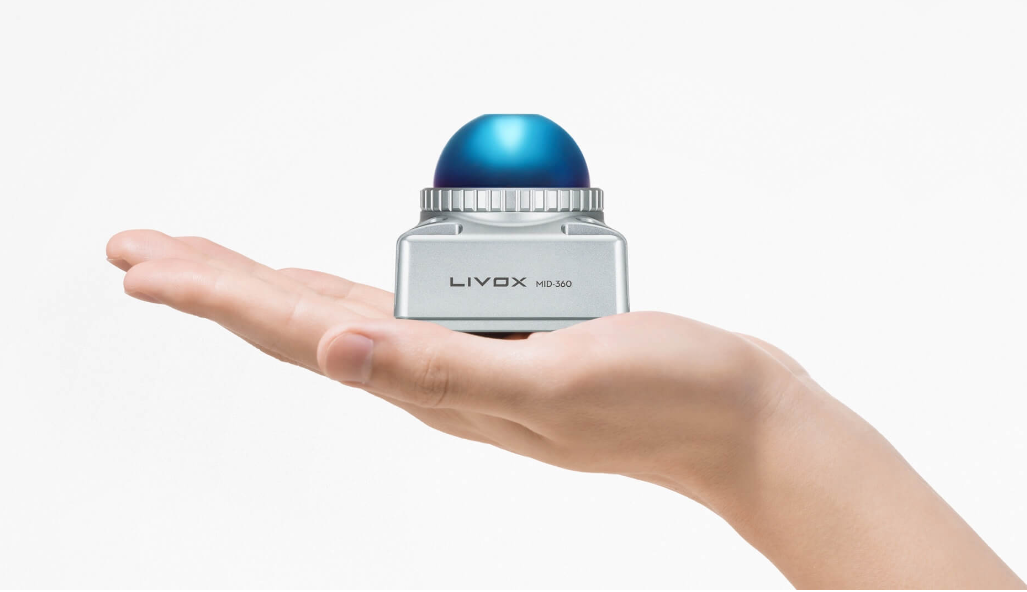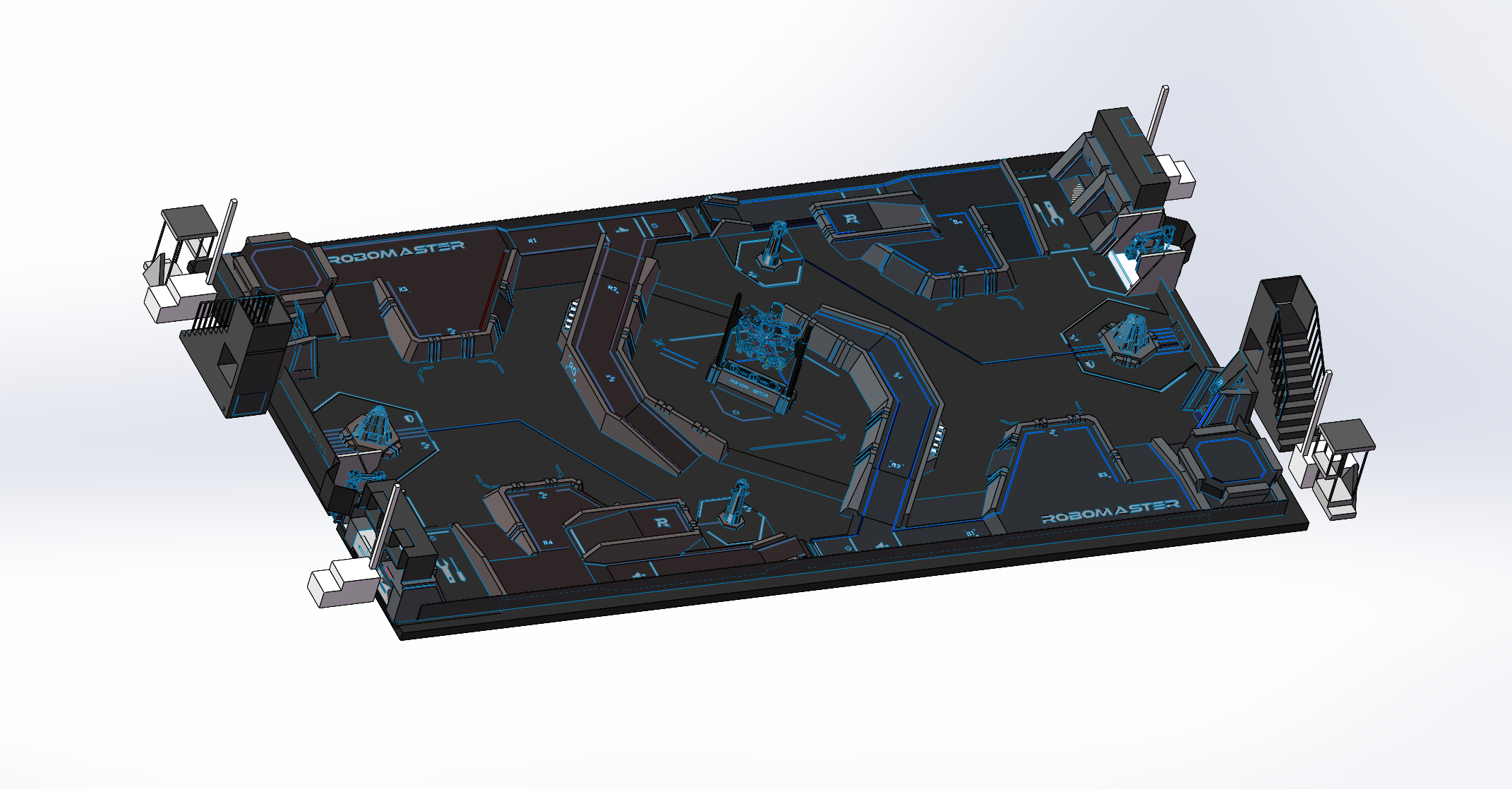1
2
3
4
5
6
7
8
9
10
11
12
13
14
15
16
17
18
19
20
21
22
23
24
25
26
27
28
29
30
31
32
33
34
35
36
37
38
39
40
41
42
43
44
45
46
47
48
49
50
51
52
53
54
55
56
57
58
59
60
61
62
63
64
65
66
67
68
69
70
71
72
73
74
75
76
77
78
79
80
81
82
83
84
85
86
87
88
89
90
91
92
93
94
95
96
97
98
99
100
101
102
103
104
105
106
107
108
109
110
111
112
113
114
115
116
117
118
119
120
121
122
123
124
125
126
127
128
129
130
131
132
133
134
135
136
137
138
139
140
141
142
143
144
145
146
147
148
149
150
151
152
153
154
155
156
157
158
159
160
161
162
163
164
165
166
167
168
169
170
171
172
173
174
175
176
177
178
179
180
181
182
183
184
185
186
187
188
189
190
191
192
193
194
195
196
197
198
199
200
201
202
203
204
205
206
207
208
209
210
211
212
213
214
215
216
217
218
219
220
221
222
223
224
225
226
227
228
229
230
231
232
233
234
235
236
237
238
239
240
241
242
243
244
245
246
247
248
249
250
251
252
253
254
255
256
257
258
259
260
261
262
263
264
265
266
267
268
269
270
271
272
273
274
275
276
277
278
279
280
281
282
283
284
285
286
287
288
| #include "RobotDetector.h"
#define IMAGE_LEN_F 640.0f
#define IMAGE_LEN 640
RobotDetector::RobotDetector(){}
RobotDetector::~RobotDetector(){}
bool RobotDetector::init(std::string xml_file, double cof_threshold, double nms_area_threshold){
_xml_path = xml_file;
_cof_threshold = cof_threshold;
_nms_area_threshold = nms_area_threshold;
Core ie;
std::vector<std::string> availableDev = ie.GetAvailableDevices();
for(int i=0;i<availableDev.size();i++){
std::cout << "Openvino Supported Device Name: " << availableDev[i].c_str() << std::endl;
}
auto cnnNetwork = ie.ReadNetwork(_xml_path);
InputsDataMap inputInfo(cnnNetwork.getInputsInfo());
InputInfo::Ptr& input = inputInfo.begin()->second;
_input_name = inputInfo.begin()->first;
input->setPrecision(Precision::FP32);
input->getInputData()->setLayout(Layout::NCHW);
ICNNNetwork::InputShapes inputShapes = cnnNetwork.getInputShapes();
SizeVector& inSizeVector = inputShapes.begin()->second;
cnnNetwork.reshape(inputShapes);
_outputinfo = OutputsDataMap(cnnNetwork.getOutputsInfo());
for (auto &output : _outputinfo) {
output.second->setPrecision(Precision::FP32);
}
_network = ie.LoadNetwork(cnnNetwork, "CPU");
std::cout << "Running on CPU\n";
return true;
}
bool RobotDetector::parseYolov5(const Blob::Ptr &blob,
float cof_threshold,
std::vector<cv::Rect>& o_rect,
std::vector<float>& o_rect_cof,
std::vector<int> &classId)
{
const int net_grid_h = static_cast<int>(blob->getTensorDesc().getDims()[2]);
const int net_grid_w = static_cast<int>(blob->getTensorDesc().getDims()[3]);
const int anchor_num = static_cast<int>(blob->getTensorDesc().getDims()[1]);
const int item_size = 11;
if (net_grid_h != net_grid_w)
{
return false;
}
std::vector<int> anchors = get_anchors(net_grid_h);
LockedMemory<const void> blobMapped = as<MemoryBlob>(blob)->rmap();
const float *output_blob = blobMapped.as<float *>();
int net_grid = net_grid_h;
std::size_t gi = net_grid*item_size;
std::size_t ggi = net_grid*gi;
std::size_t anchor_n = anchor_num;
for(int n = 0; n < anchor_num; ++n)
for(int i = 0; i < net_grid; ++i)
for(int j = 0; j < net_grid; ++j){
double box_prob = sigmoid(output_blob[n*ggi + i*gi + j*item_size + 4]);
if(box_prob < cof_threshold)
continue;
double x = output_blob[n*ggi + i*gi + j*item_size + 0];
double y = output_blob[n*ggi + i*gi + j*item_size + 1];
double w = output_blob[n*ggi + i*gi + j*item_size + 2];
double h = output_blob[n*ggi + i*gi + j*item_size+ 3];
double max_prob = 0;
int idx=0;
for(int t = 5; t < item_size; ++t){
double tp= sigmoid(output_blob[n*ggi + i*gi + j*item_size + t]);
if(tp > max_prob){
max_prob = tp;
idx = t-5;
}
}
float cof = box_prob * max_prob;
if(cof < cof_threshold)
continue;
x = (sigmoid(x)*2 - 0.5 + j)*IMAGE_LEN_F/net_grid;
y = (sigmoid(y)*2 - 0.5 + i)*IMAGE_LEN_F/net_grid;
w = pow(sigmoid(w)*2,2) * anchors[n*2];
h = pow(sigmoid(h)*2,2) * anchors[n*2 + 1];
double r_x = x - w/2;
double r_y = y - h/2;
cv::Rect rect = cv::Rect(round(r_x),round(r_y),round(w),round(h));
o_rect.push_back(rect);
o_rect_cof.push_back(cof);
classId.push_back(idx);
}
return true;
}
bool RobotDetector::process_frame(cv::Mat& inframe,
std::vector<Object>& detected_objects){
if(inframe.empty()){
std::cout << "无效图片输入" << std::endl;
return false;
}
cv::Mat resize_img = letterBox(inframe);
std::size_t img_size = 640 * 640;
InferRequest infer_request = _network.CreateInferRequest();
Blob::Ptr frameBlob = infer_request.GetBlob(_input_name);
LockedMemory<void> blobMapped = as<MemoryBlob>(frameBlob)->wmap();
float* blob_data = blobMapped.as<float*>();
for(std::size_t row = 0;row <IMAGE_LEN;row++){
for(std::size_t col =0;col <IMAGE_LEN;col++){
for(std::size_t ch=0;ch<3;ch++){
blob_data[img_size*ch + row*IMAGE_LEN + col] = float(resize_img.at<cv::Vec3b>(row,col)[ch]/255.0f);
}
}
}
infer_request.Infer();
std::vector<cv::Rect> origin_rect;
std::vector<float> origin_rect_cof;
std::vector<int> classId;
std::vector<Blob::Ptr> blobs;
for (auto &output : _outputinfo) {
auto output_name = output.first;
Blob::Ptr blob = infer_request.GetBlob(output_name);
blobs.push_back(blob);
}
for(int i=0;i<blobs.size();i++){
float th = 0.5;
if(i == 0) { th = 0.55; }
if(i == 1) { th = 0.45; }
if(i == 2) { th = 0.40; }
std::vector<cv::Rect> origin_rect_temp;
std::vector<float> origin_rect_cof_temp;
std::vector<int> classId_temp;
parseYolov5(blobs[i], th, origin_rect_temp, origin_rect_cof_temp, classId);
origin_rect.insert(origin_rect.end(), origin_rect_temp.begin(), origin_rect_temp.end());
origin_rect_cof.insert(origin_rect_cof.end(), origin_rect_cof_temp.begin(), origin_rect_cof_temp.end());
classId.insert(classId.end(), classId_temp.begin(), classId_temp.end());
}
std::vector<int> final_id;
cv::dnn::NMSBoxes(origin_rect, origin_rect_cof, _cof_threshold, _nms_area_threshold, final_id);
for(int i = 0; i < final_id.size(); ++i){
cv::Rect resize_rect= origin_rect[final_id[i]];
cv::Rect rawrect = detect2origin(resize_rect, _ratio, _topPad, _leftPad);
detected_objects.push_back(Object{
origin_rect_cof[final_id[i]],
classId[final_id[i]],
rawrect
});
}
return true;
}
double RobotDetector::sigmoid(double x){
return (1 / (1 + exp(-x)));
}
const int anchorBig = 640/8;
const int anchorMid = 640/16;
const int anchorSml = 640/32;
const int aBig[6] = {10,13,16,30,32,23};
const int aMid[6] = {30,61,62,45,59,119};
const int aSml[6] = {116,90,156,198,373,326};
std::vector<int> RobotDetector::get_anchors(int net_grid)
{
std::vector<int> anchors(6);
if(net_grid == anchorBig) { anchors.insert(anchors.begin(),aBig,aBig+6); }
else if(net_grid == anchorMid) { anchors.insert(anchors.begin(),aMid,aMid+6); }
else if(net_grid == anchorSml) { anchors.insert(anchors.begin(),aSml,aSml+6); }
return anchors;
}
cv::Mat RobotDetector::letterBox(cv::Mat src)
{
if(src.empty()) { std::cout <<"input image invalid" << std::endl; return cv::Mat();}
int in_w = src.cols;
int in_h = src.rows;
int tar_w = 640;
int tar_h = 640;
_ratio = std::min(float(tar_h)/in_h,float(tar_w)/in_w);
int inside_w = std::round(in_w * _ratio);
int inside_h = std::round(in_h * _ratio);
int pad_w = tar_w - inside_w;
int pad_h = tar_h - inside_h;
cv::Mat resize_img;
cv::resize(src,resize_img,cv::Size(inside_w,inside_h));
cv::cvtColor(resize_img,resize_img,cv::COLOR_BGR2RGB);
pad_w = pad_w / 2;
pad_h = pad_h / 2;
_topPad = int(std::round(pad_h - 0.1));
_btmPad = int(std::round(pad_h + 0.1));
_leftPad = int(std::round(pad_w - 0.1));
_rightPad = int(std::round(pad_w + 0.1));
cv::copyMakeBorder(resize_img,resize_img, _topPad, _btmPad, _leftPad, _rightPad,cv::BORDER_CONSTANT,cv::Scalar(114,114,114));
return resize_img;
}
cv::Rect RobotDetector::detect2origin(const cv::Rect &det_rect, float rate_to, int top, int left)
{
int inside_x = det_rect.x - left;
int inside_y = det_rect.y - top;
int ox = std::round(float(inside_x)/rate_to);
int oy = std::round(float(inside_y)/rate_to);
int ow = std::round(float(det_rect.width)/rate_to);
int oh = std::round(float(det_rect.height)/rate_to);
cv::Rect origin_rect(ox,oy,ow,oh);
return origin_rect;
}
|







